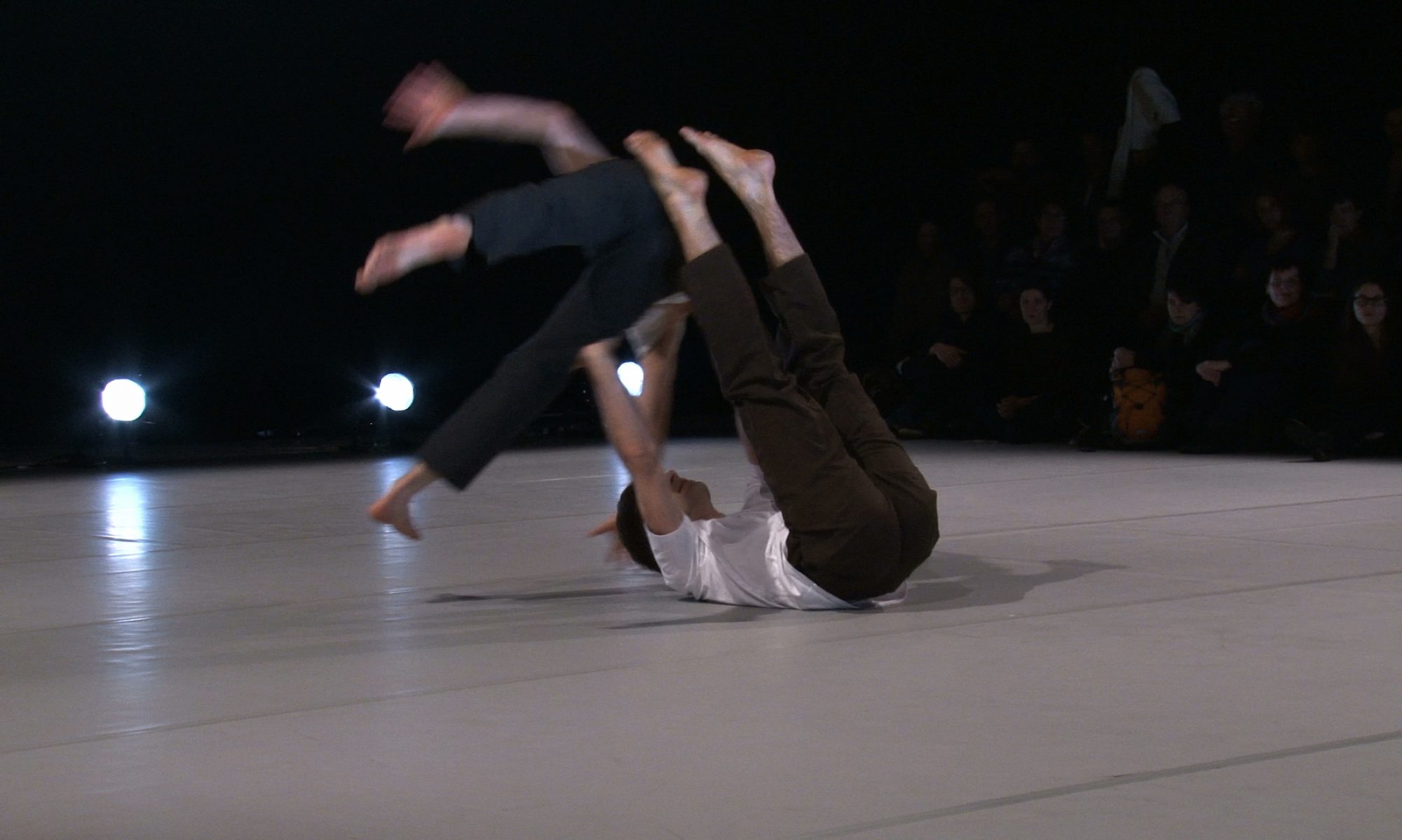From an article on the movie “The Rise of the Planet of the Apes” in the most recent New Yorker:
“If invention, wild and free, yet tied to emotion and philosophical speculation, is given a chance, digital filmmaking could have a more brilliant future than any we can now imagine.”
Replace the word invention with improvisation and digital filmmaking with performance:
If improvisation, wild and free, yet tied to emotion and philosophical speculation, is given a chance, performance could have a more brilliant future than any we can now imagine.
Taking the form of one idea and replacing some of it’s parts can lead to interesting thoughts. Improvisation, as it is mostly taught and perceived, is about being wild and free. Emotion, as I read it here, is not the happy or sad generic reading of it, but the faster processing aspect of the human mind. An emotion is really a bundling of thoughts into one package. For some people, such as myself, those packages take a while to unpack. But I digress.
Ensemble Thinking is an improvisation based modality that uses the conscious mind to train the emotional mind. When on stage, a performer trained in E.T. doesn’t have to think about where the hotspot is, but feels it allowing him or her to more quickly respond. E.T. allows the improvising performer to be more emotional about the performance.
Improvisation can benefit from more philosophical speculation – why are we improvising, when are we setting the number of performers, the costumes, the performance space and time, but not setting the spatial and kinespheric movements? What are we trying to convey, reveal to the audience? What do we want them to walk away with? Why should they give a damn? Is improvisation the means or an end?
